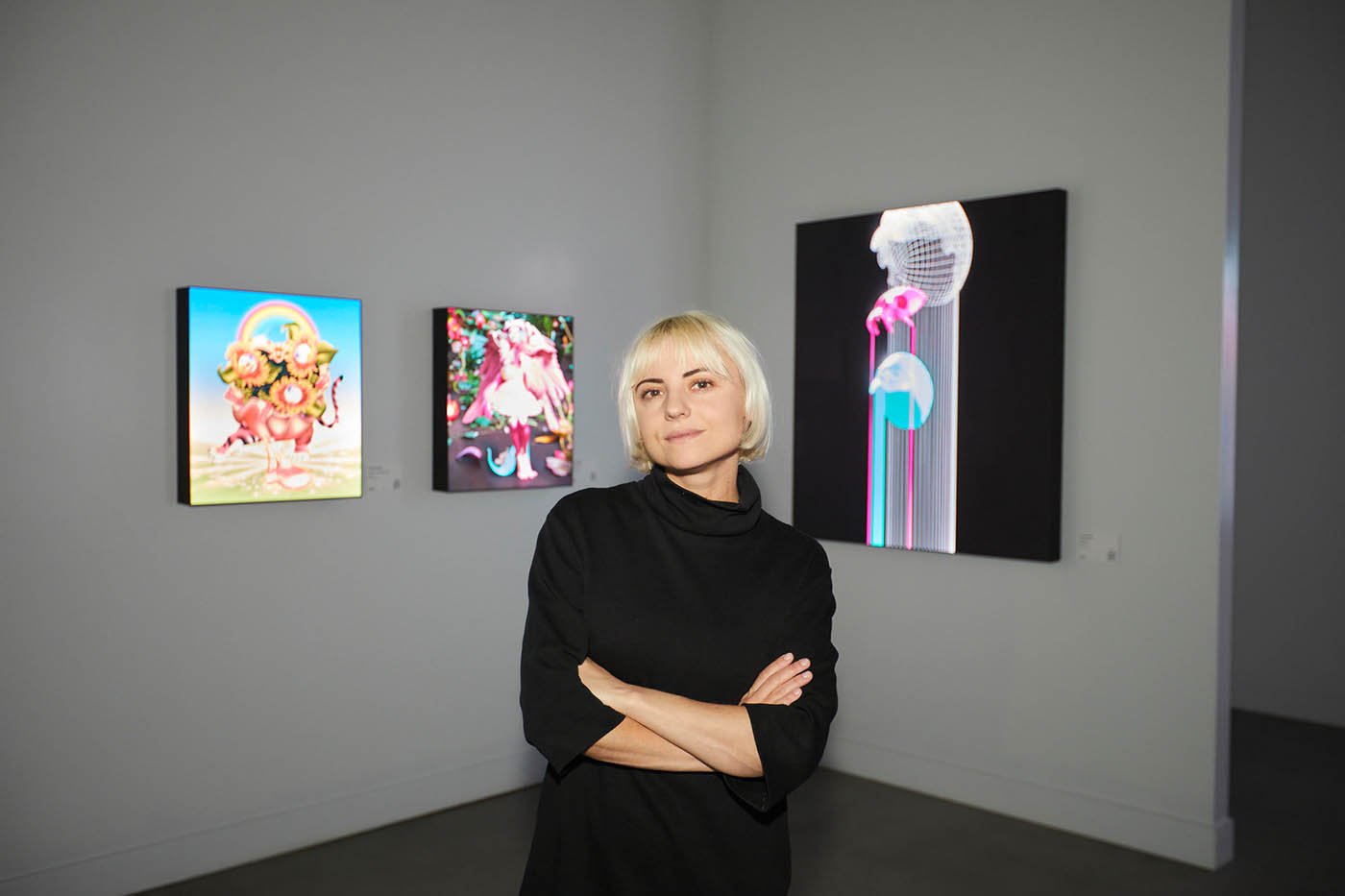.aesthetic talk
Bridging the Digital Divide
* The Visionary Journey of Vellum LA
interview Michelle Kim + Savannah Winans
Dive headfirst into the radical realm of digital art with our unfiltered conversation with the creative mind behind Vellum LA. As a rebel in the world of traditional art, this pioneering gallery in Los Angeles is rewriting the rulebook by blending the tactile and the digital. We go under the skin of this seismic shift in the art world, uncovering the triumphs, trials, and the sheer audacity of curating digital art and NFTs. From dissecting the crypto-art divide to the volatile nature of copyright laws, we're about to shake up your perception of art in the digital age.
Hotel Blue
courtesy Vellum LA



